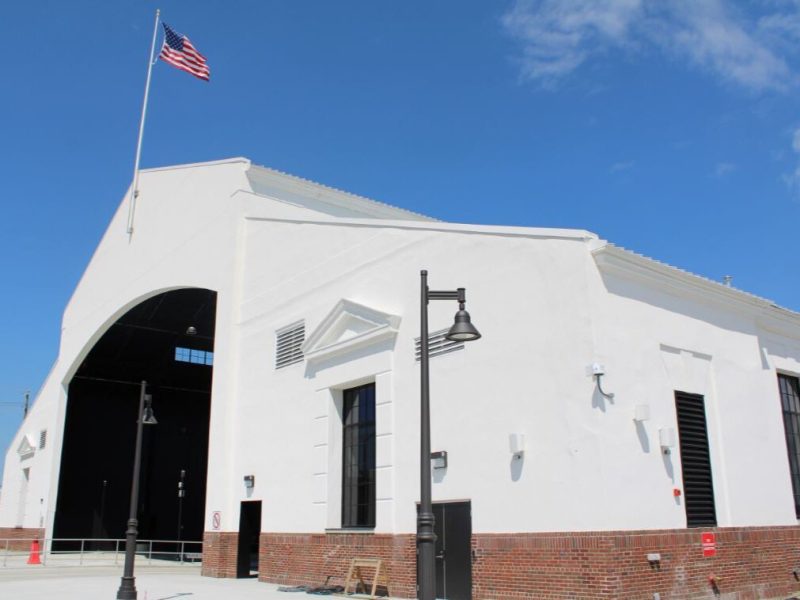Ciclovía: What Detroit can learn about urban mobility from Colombia’s pedestrian highways
OPINION: Every Sunday, 75 miles of busy roads in Bogotá, Colombia, transform into a pedestrian highway in the largest, most frequent mass recreation event in the world. Detroit journalist Kelsey Hubbell spent a month pedaling her way around the South American country, and discovered that we have much to learn from cities there.
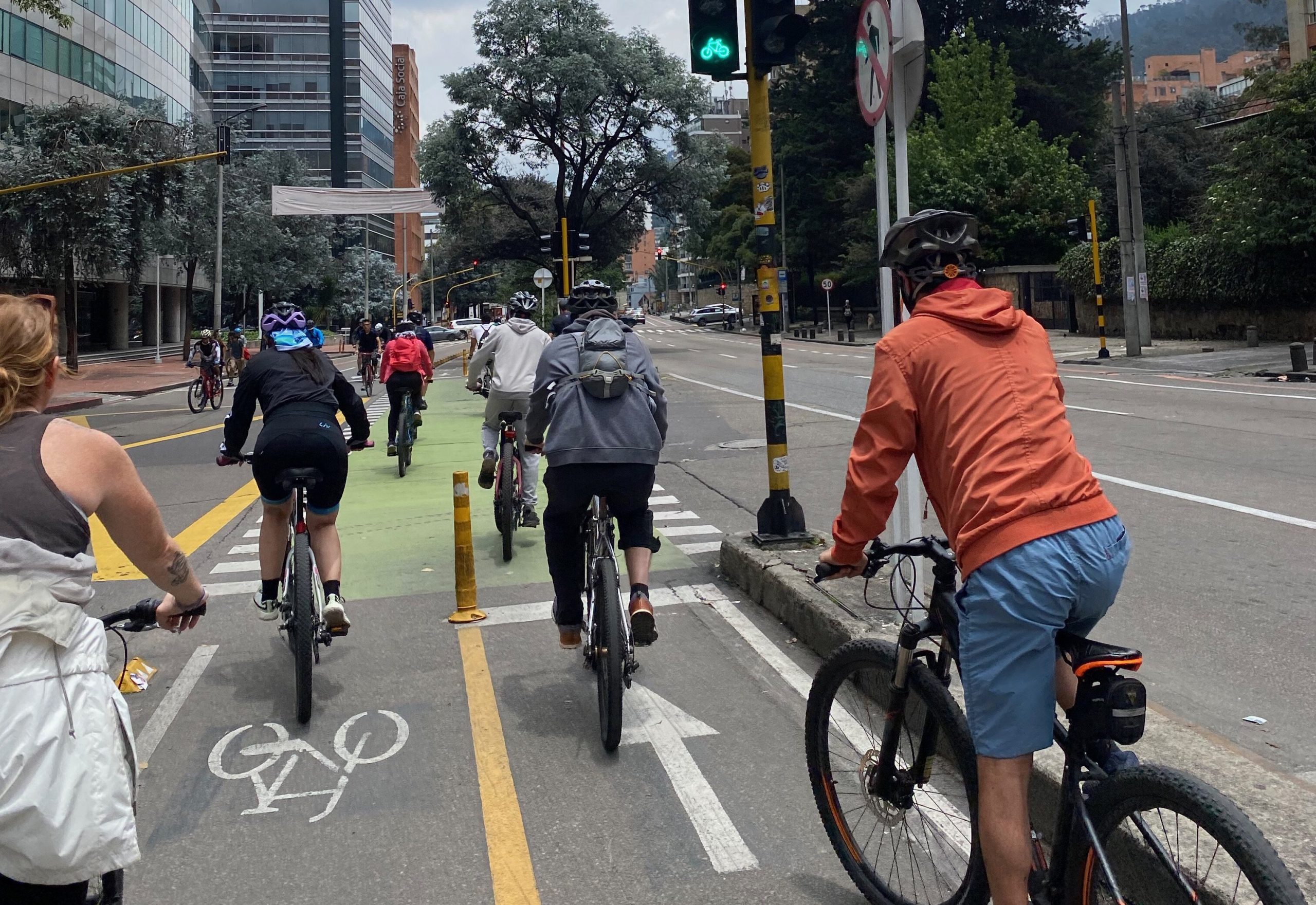
OPINION: Detroit journalist Kelsey Hubbell spent a month pedaling her way around Colombia, and discovered that we have much to learn from the way cities there are using public spaces.
In an attempt to avoid the tail end of winter in Michigan and to take full advantage of a virtual work situation, I spent 30 days traveling around Colombia. When people asked “why Colombia?” the Disney movie “Encanto” was not my only answer.
As a cyclist and urban mobility advocate, this country has been high on my list since I learned about Ciclovía, a weekly open streets event. Ciclovía originated in Bogotá, Colombia’s capital and the backdrop for 880,000 daily cycling trips.
I visited five cities during my month-long stay and was impressed by each cities’ dynamic use of the streets as public space. Landing on the coast, I explored Cartagena, Barranquilla, and Santa Marta. One thing that struck me about these coastal towns, besides an immediate sunburn, is the way people travel. There’s no wasted mobility space.
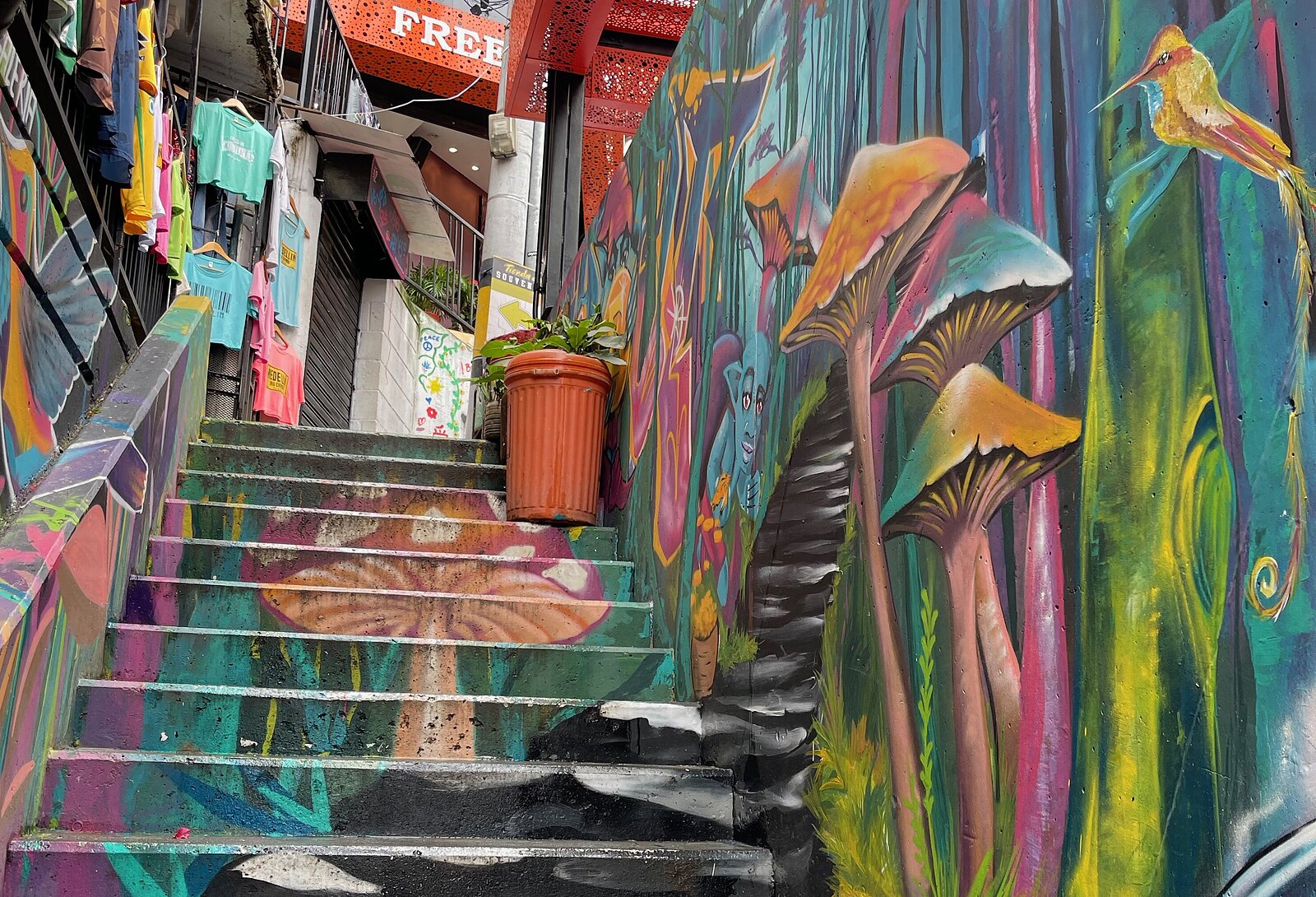
The vibrant streets of each place had their own unique personality, and it seemed there was always a place for everyone. This type of thoughtful design and the utilization of public spaces is essential to the fabric of a sustainable and thriving community. It requires the prioritization of people over cars, an unappreciated concept among Americans. Coming from Detroit, a city that has worshiped the auto industry for the last 70-plus years, I am easily impressed by the intentional use of community spaces built into a city’s infrastructure. In Colombia, it seemed everywhere I turned there was a skate park, protected bike lane, pedestrian-only boulevard, or public art.
The large public squares in Cartagena offered respite from cars, seating of all types, access to dozens of street vendors, and public restrooms. Performers serenaded us and artists peddled their creations. Despite the streets teeming with people, the city was as clean as it was vibrant.
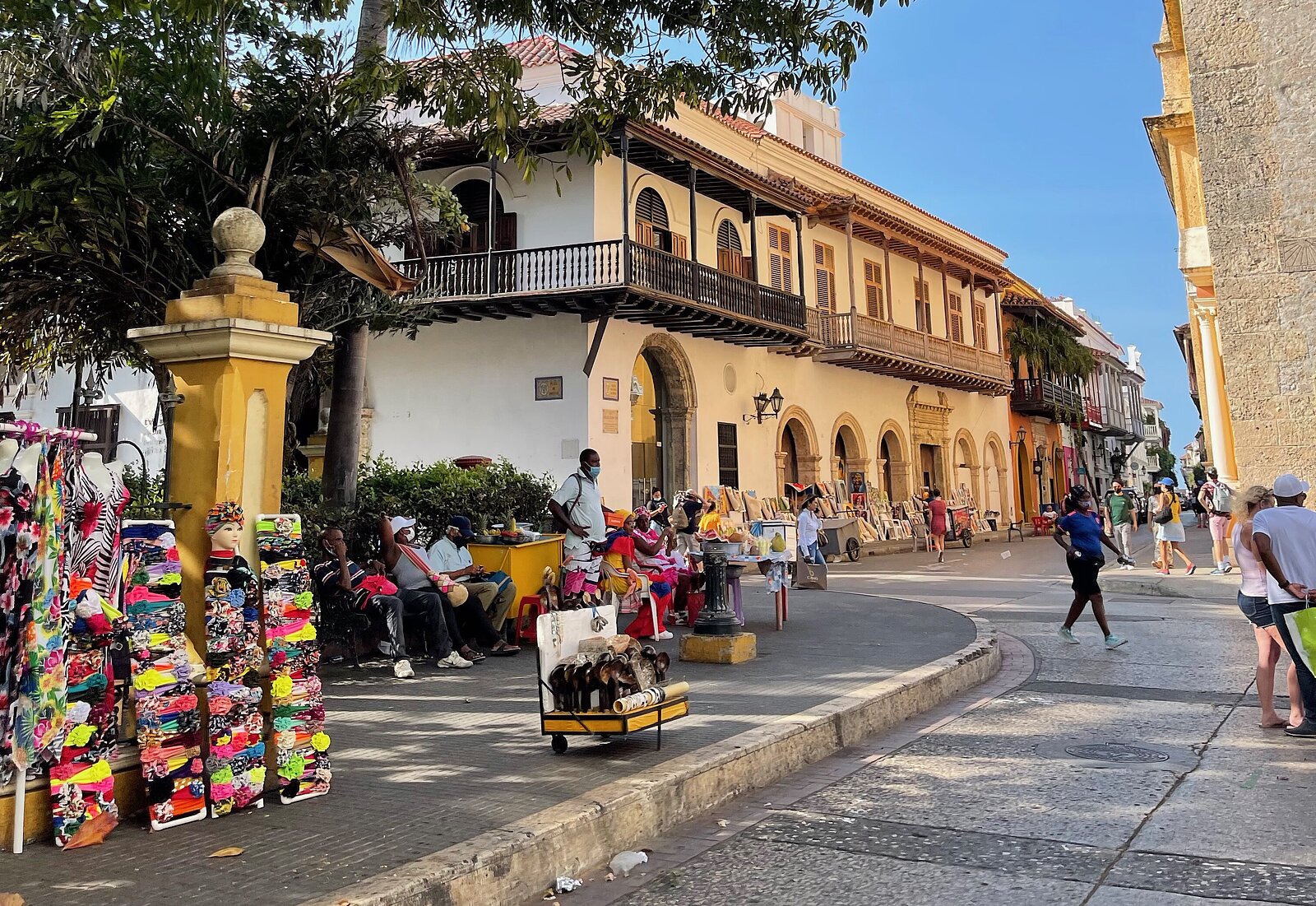
In Santa Marta and Barranquilla, I enjoyed the thoughtfully-designed waterfront parks. The Gran Malecon (Great Boardwalk) in Barranquilla is both a major tourist destination and a beloved haunt by locals, with daily visits averaging over 13,000.
As you travel further south to Medellin and Bogotá, pedestrian thoroughfares and bicycle infrastructure become the focal point. Medellin, also known as the City of Eternal Spring, has experienced a cycling boom over the last 10 years, bouncing back from the tumultuous 1990s.
In 2011 the city launched EnCicla, their public bike share system, and has constructed over 63 miles of protected bike lanes. On Wednesdays, you can experience the ultimate group bike parties, or sicleadas and Sundays are for Ciclovía.
The Ciclovía, which translates to “cycleway”, is a concept that originated in Bogotá 40 years ago by a small group of activists with “one lorry and a few signs.” Today the program is run by city government and transforms 75 miles of busy roads into a pedestrian highway from 7 a.m. to 2 p.m. every Sunday and holiday. Ciclovía is the largest, most frequent mass recreation event in the world. It has been near the top of my bucket list since I first heard about the event from fellow transit enthusiast Chad Rochkind in 2015 during the Transit Policy Lab.
So on Sunday, March 6, I checked it off the list. In true Detroit fashion, I linked up with native Bogotán and current Hamtramck resident, photographer Alessandro Uribe-Rheinbolt, for a very special local experience. After a mouthwatering breakfast of Colombian tamales and juices, and a slight hiccup with the bike rental, I was able to experience Ciclovía in all of its glory. Uribe-Rheinbolt shared local insights and led us on an epic 15-mile ride to a few of his favorite places along the route.
The experience was magical. Sergio Montero, an assistant professor of urban and regional development at the Universidad de Los Andes, said in a Bloomberg article in 2018, “When you see that these spaces can be used for other things, walking with your children, jogging, biking, people start to think differently about how this space can be used, how much space the cars use up. That’s the symbolic power of Ciclovía.”
Bogota is a distinctly populous and stratified society, and Ciclovía transcends social status. On Sundays, more than 1.3 million Bogotáns of all ages and social classes enjoy cycling, running, and rollerblading along 75 miles of car-free streets. There is no judgment amongst participants, most of whom live in apartments. There is just joy and appreciation for the outdoor space and the ability to walk and be a part of their community.
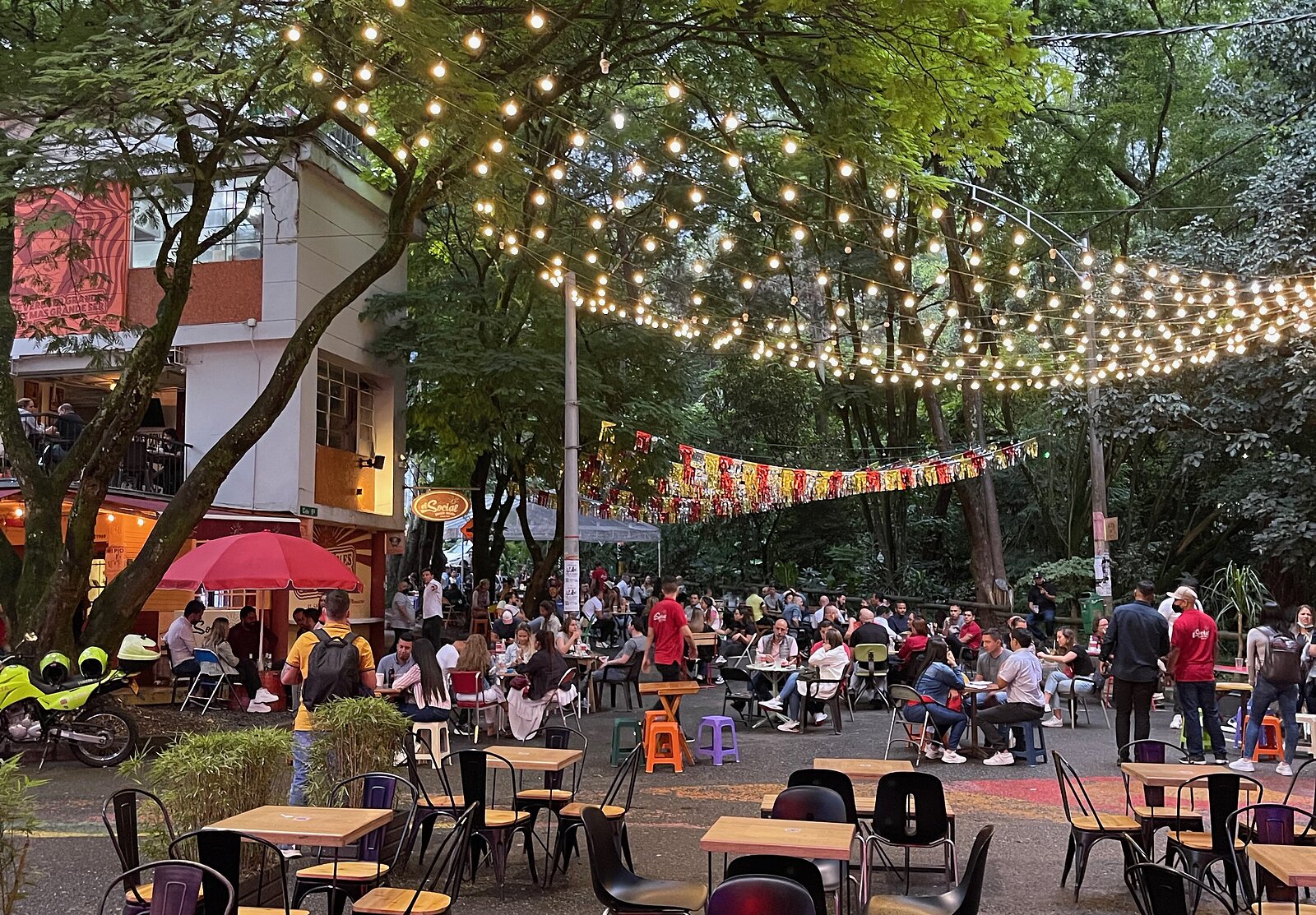
The power of streets made for people has caught on elsewhere. More than 400 cities worldwide have attempted radical acts of car traffic suppression. As with the superblocks of Spain, city dwellers are seeing their streets as spaces that can (and should) be utilized and enjoyed for more than just sitting in a vehicle. Cities all over the world have replicated the concept, Detroit included. In 2016 I was part of the initial planning committee for Detroit’s first Open Streets event. A bold and passionate group of consultants banded together to shut down Michigan Avenue for a Sunday afternoon and show the Motor City that streets aren’t for cars, they’re for people.
Currently, Bogotá leads Latin America in using cycling as transportation. Almost seven percent of overall trips in Bogotá are on bicycles, far more than the United States which clocks in at a mere one percent.
Events like Open Streets Detroit, and National Bike to Work Day, are valuable ways to awareness about cycling and pedestrian advocacy. The relationship between public space and urban mobility has a significant impact on quality of life, the natural environment, and public health.
However, to make the most of the better physical and mental health that comes from living in walkable areas, Detroit, and other American cities, must prioritize creating safe and accessible public spaces, embracing public transportation, bikes, and walkable communities utilizing parks, bike lanes, and pedestrian-free areas.

